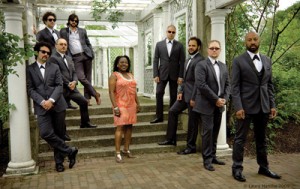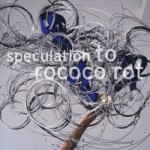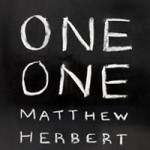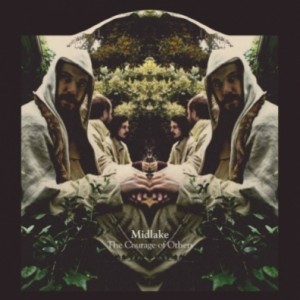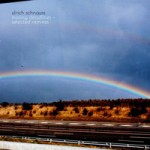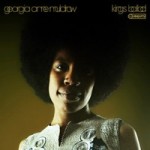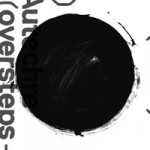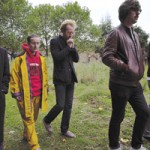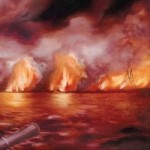Feature
Pitchfork
June 14, 2010
Link
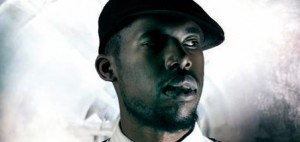
Flying Lotus (Steve Ellison) comes across as gregarious and buoyant as his beats; lithe and animated on stage, the L.A. hip-hop head would be infectious even if you couldn’t hear a thing. It’s no surprise his music and personality have made him fixed point in a constantly expanding global network of creative producers, in some cases linked through the Low End Theory night and his own Brainfeeder label. He tackles more celestial connections on his new album Cosmogramma, completed in the wake of his mother’s death. Adding layers of emotional and musical complexity– including string arrangements, harp and saxophone from his cousin Ravi Coltrane– the record shows Ellison making a cathartic and creative leap, his own unique contribution to his family’s spiritual discography.
On the phone from his apartment in Echo Park, Flying Lotus spoke with Pitchfork about the genesis of Cosmogramma, being an extra in American Beauty, and Sundays with Aunt Alice.
Pitchfork: With everything you’ve been doing in the last few years, when did you find the time to record Cosmogramma? When was it made and where did you do it?
Flying Lotus: I did all of it in my apartment in Los Angeles. I started right after the Los Angeles album came out, but I didn’t really have a direction for it at the time. It kind of took shape over a year and a half.
Pitchfork: There’s a lot of live instrumentation on the album from working with the bassist Thundercat and arranger Miguel Atwood-Ferguson. Was this something you always wanted to do, to go down this path and incorporate these instruments?
FL: Absolutely. That was the goal from the get-go, to have this hybrid of sounds. It’s just been a matter of finding the right people. I try to have sessions with folks and it never really gels. I feel like I finally found the right way to communicate, too. I think I’m better than I was when I first started.
Read more…
